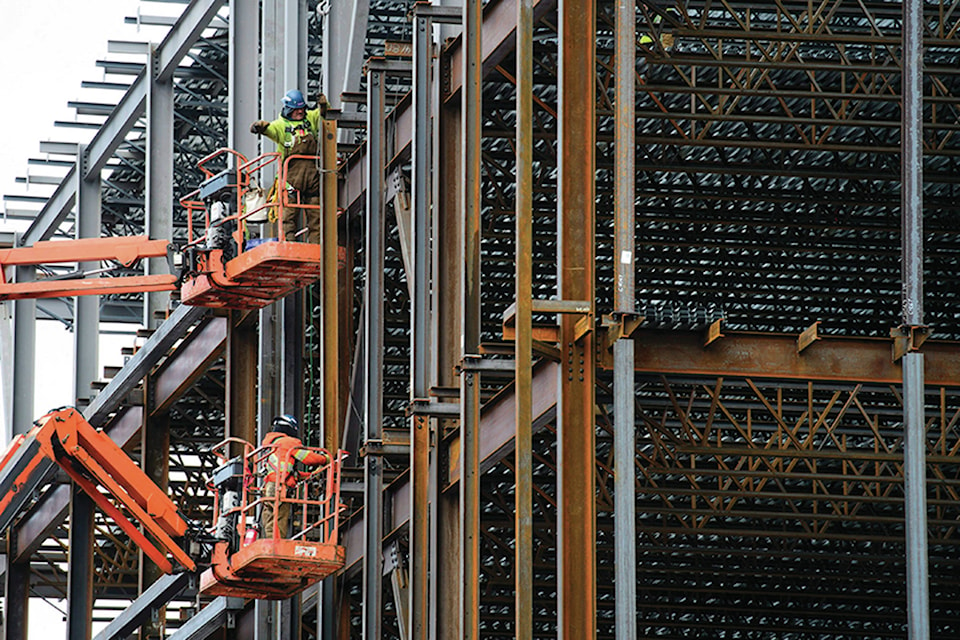As a regional environmental advocate, I participated in the Manalta Coal Ltd. British Columbia Environmental Assessment process, 1996-98. I was a member of the ARD/ML (Acid Rock Drainage and Metals Leaching) Working Group chaired by Craig Stewart, MoE/Protection Branch. During this past assessment of the proposed coal mine, there was detailed evaluation of the Tenas Pit and the two other additional adjacent coal deposits at the site. Several technical inventories are known due to our past work; these open pit coal deposits are not being accurately described by the Allegiance Coal Ltd. spokesperson.
First, the Tenas Pit has been measured at 3.6 km long; 1.3 km wide; 120 metres depth. This pit is not “a small operating footprint.” The final configuration of the exhausted open pit with exposed pit walls and pit waste rock dumps should be considered as a full operational mine life outcome.
This is a fact, not an opinion. This open pit has been proposed to be divided into three operational zones due to the extensive size and management requirements for stability of pit walls and lateral waste rock deposition. Past estimates for raw coal production are 20 million tonnes with 123 million cubic meters of waste rock and waste coal that will be placed in waste rock dumps immediately adjacent to the southern pit wall. *Ministry of Energy Mines Report 1997, page 2.
Backfilling of waste rock into the Tenas Pit cannot occur until one section of the pit is completely excavated; Waste rock backfill with partial flooding will result in a mined-out landscape of waste dumps and exposed pit walls, not a “lake.”
According to the Manalta Strip Ratio diagram, page 15 of the Allegiance Investor Report; October 2016, the strip ratio ranges between 0:1 all the way up to 20:1, that is, for every tonne of raw coal excavated, there will be 20 tonnes of waste rock. The so-called average for Strip Ratio has been estimated at 5.8 to 1. The geochemistry of the waste rock tonnage shows that there is little NP/neutralizing potential and substantial amounts of sulphide sulphur that will generate ARD/Acid Rock Drainage. The waste rock dumps created by the Tenas Open Pit operations alone would exceed 123 million tonnes at an NPR/Neutralization Potential Ratio of 1.74 — acid generating. Waste coal tonnage could increase this estimated mine waste volume.
Why do we care about mine waste? Because the waste rock and waste coal will be stored on site, forever. The coal will be sold and shipped, the mine waste stays in our valley.
The coal fields of Telkwa have been the location of extremely small-volume coal extraction with almost no waste rock produced and only small surface disturbance. While exposed coal seams and “shallow” coal has been extracted as thermal coal sales, we should all begin to understand that even at 240,000 tonnes of washed coal per year, the Mine Plan and the Waste Handling Plan will change the character and profoundly alter this landscape.
At average strip ratio and at 240,000 tonnes of washed coal annually, there will be at least 1,392,000 cubic metres of waste rock produced every year and placed into waste rock dumps along the southern edge of the Tenas Pit for 3.6 km and more. And there will also be mine waste produced by the Coal Processing Plant (coarse rejects and tailings fines) plus waste water from the Coal Washing Station.
The hazards of known, laboratory confirmed, acid rock drainage and the environmental risks of coal mine development all report to the watershed — to our rivers. No “community” or civil society sector has the right to place our watersheds in harm’s way.
Glenda Ferris
Recipient of the Mining Association of BC “Award for B.C. Mining Sustainable Development”, 2001
Houston
